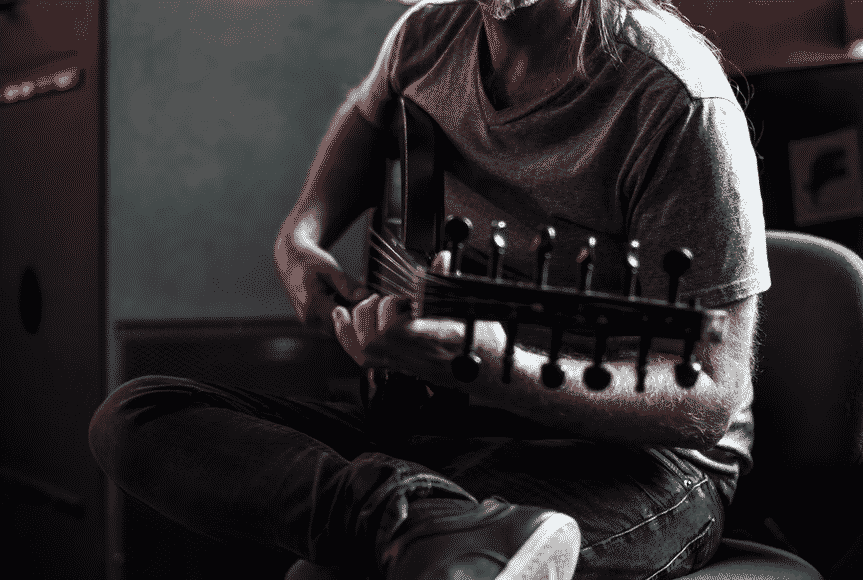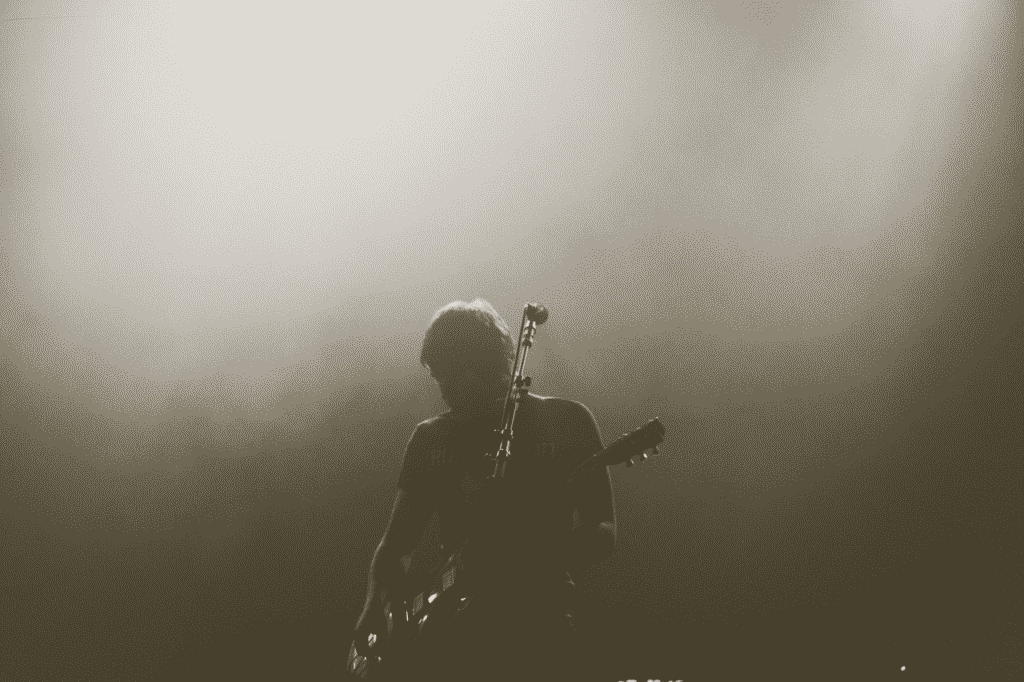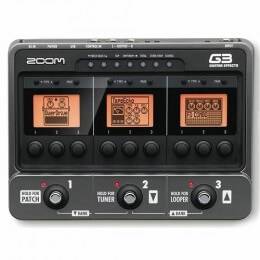The Arabic oud is the most well-known variety of oud instruments, and it is sometimes referred to as the “king of Arabic instruments.” It’s popular in the Middle East, Northern Africa, the Mediterranean, and Spain for its romantic, rich, and deep tone.
The country of origin for the Arabic oud is a point of contention. However, we know that it is one of history’s earliest musical instruments. It is the forerunner of the current guitar and lute, dating back to roughly 3,000 BC in northern Syria. However, unlike the guitar, the Arabic oud has a round-backed body with a hole in the middle of its face and two smaller holes, giving it a louder volume than other chordophones. It has 11 strings, where ten are paired together, and the last string is left single.
The Arabic oud’s length stands at 67cm (2.1 ft) and 36cm (1.2 ft) in width, with strings at 57cm (1.8 ft) each. While its pegbox bends back at a 45’-90’ angle giving it a distinct staved or bowl-like back. In this article, we will go over 5 things you didn’t know about the Arabic oud.
1. The Arabic oud Is Fretless
The unique sound of the Oud comes from many factors, the chief of which is its fretless neck. The fretless nature of the Oud makes it very sensitive, which gives it nuance. Frets in guitars and other string instruments give the player a direction of where to play and what notes are being played.

For the Arabic oud, you can glide, slide and give more innovative sounds than most instruments. It is a call to mastery because a bit of deviation from the right spot will give off the wrong sound.
2. The Arabic Oud Strings Are Made Of Nylon
Like the guitar, the strings of the oud were initially made from an elastic material called catgut. Catgut refers to the internal walls of animal intestines, and the choice animals were cattle and sheep, not cats. Before then, the oud strings were made with silk strips. However, these strings have evolved over the years and are now made of nylon.
Nylon strings are more durable, flexible, and sustainable than most other materials. They also preserve the sharp twangy sound of the instrument. Additionally, nylon strings can be strengthened by winding them with other materials such as silver-wound strings, nickel-wound, or copper-wound strings.
3. There Are Electric Arabic Ouds
Traditional ouds were made exclusively as acoustic instruments. The sound is produced by the vibration of the hollow body when the strings are strummed. This sound is loud enough to propagate by itself and can be heard for miles. Due to technological advancement and larger venues, there is now an electrical version of almost all traditional instruments. The electric oud has been developed to amplify sound further. When performing on a stage with other instruments or in loud spaces, the sound can be lost, thus, the need for the electricity-powered oud.
4. A single Oud Is Made Of Different Materials
The best Ouds are made up of a very diverse array of materials, which improves their sound. It is believed that the more choice materials are used in making an oud, the better the sound. This is why great priority is given to selecting the pieces of wood that come together to make this instrument. A single Oud made by an Iraqi Oud maker required about 18,325 pieces. Wood choice can include Indian rosewood, spruce, Madagascar rosewood, etc.
5. The oldest surviving Arabic Oud dates back to the 19th or early 20th Century
The earliest surviving Arab oud is believed to be at the Museum of Musical Instruments in Brussels. Its significance is enhanced because it has seven double courses, allowing us to describe it as an “oud al mukmal,” the word for the oud introduced and described by Mahmoud bin Abdel Aziz (grandson of theorist and musician Abd al-Qadir al-Maraghi).
Mukmal can be roughly translated as ‘extended,’ in contrast to the 4-double-course oud al qadim (old oud), 5-double-course oud al kamil (complete oud), and 6-double-course oud that Maraghi referred to as the oud al akmal. The rosettes (shamsiyat) are constructed from colored hardwood and are simply gouged out and placed directly on the face rather than glued in from the inside, as has been increasingly prevalent in recent years.
Today, the two smaller rosettes (known as qamarain, ‘two moons’) are positioned quite near to one another. The gracefully curving bridge soldered to the face appears to have been lost to the heritage of late nineteenth- and early twentieth-century ouds.
Conclusion
Today, oud players can be found all across the Arab world, and other parts of the globe. Maya Theravada and Nasser Shamma are two excellent artists to listen to if you want to be entertained. So there you have it: five facts you didn’t know about the Arabic oud previously.
Courtesy of Daniel Kami



